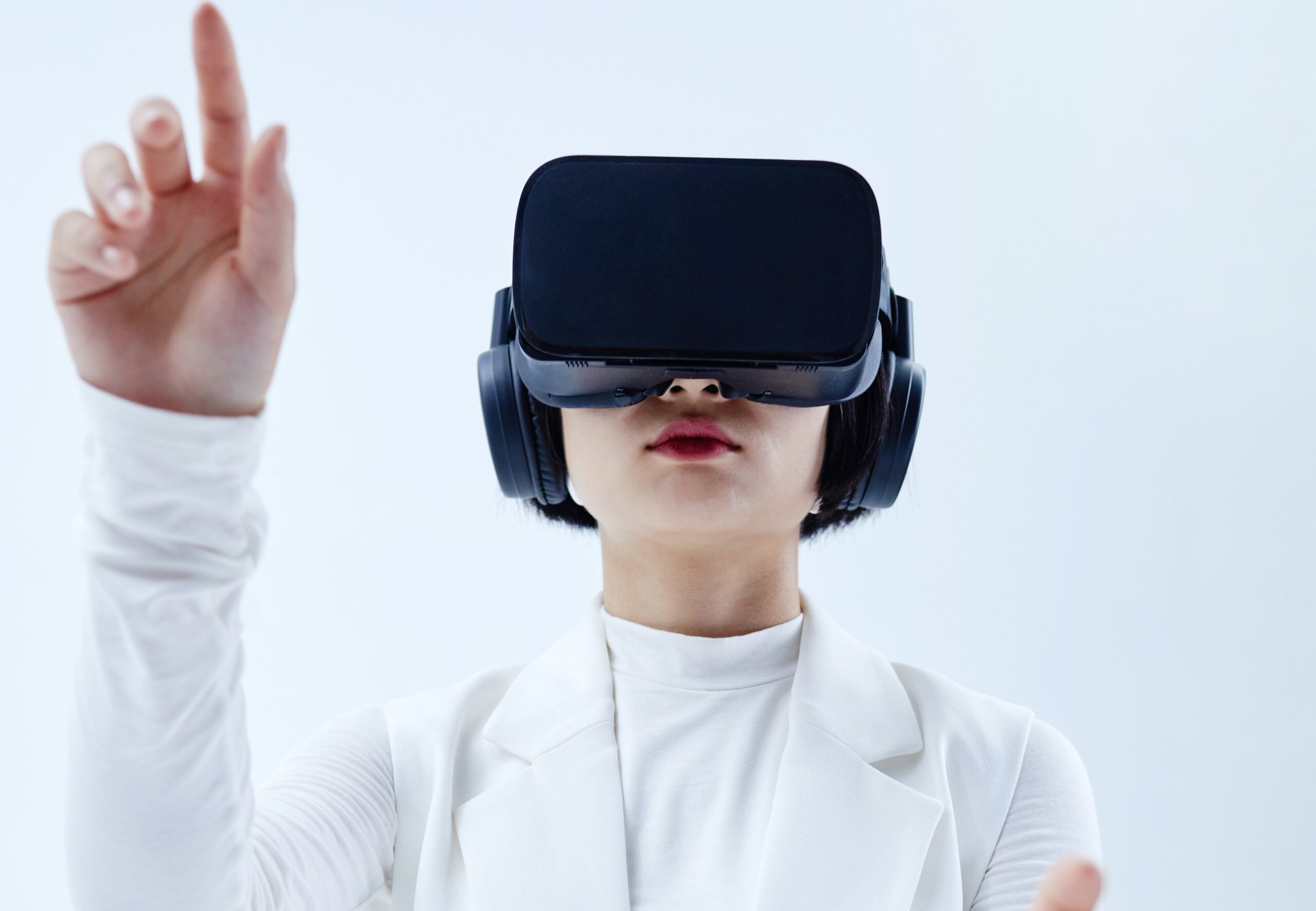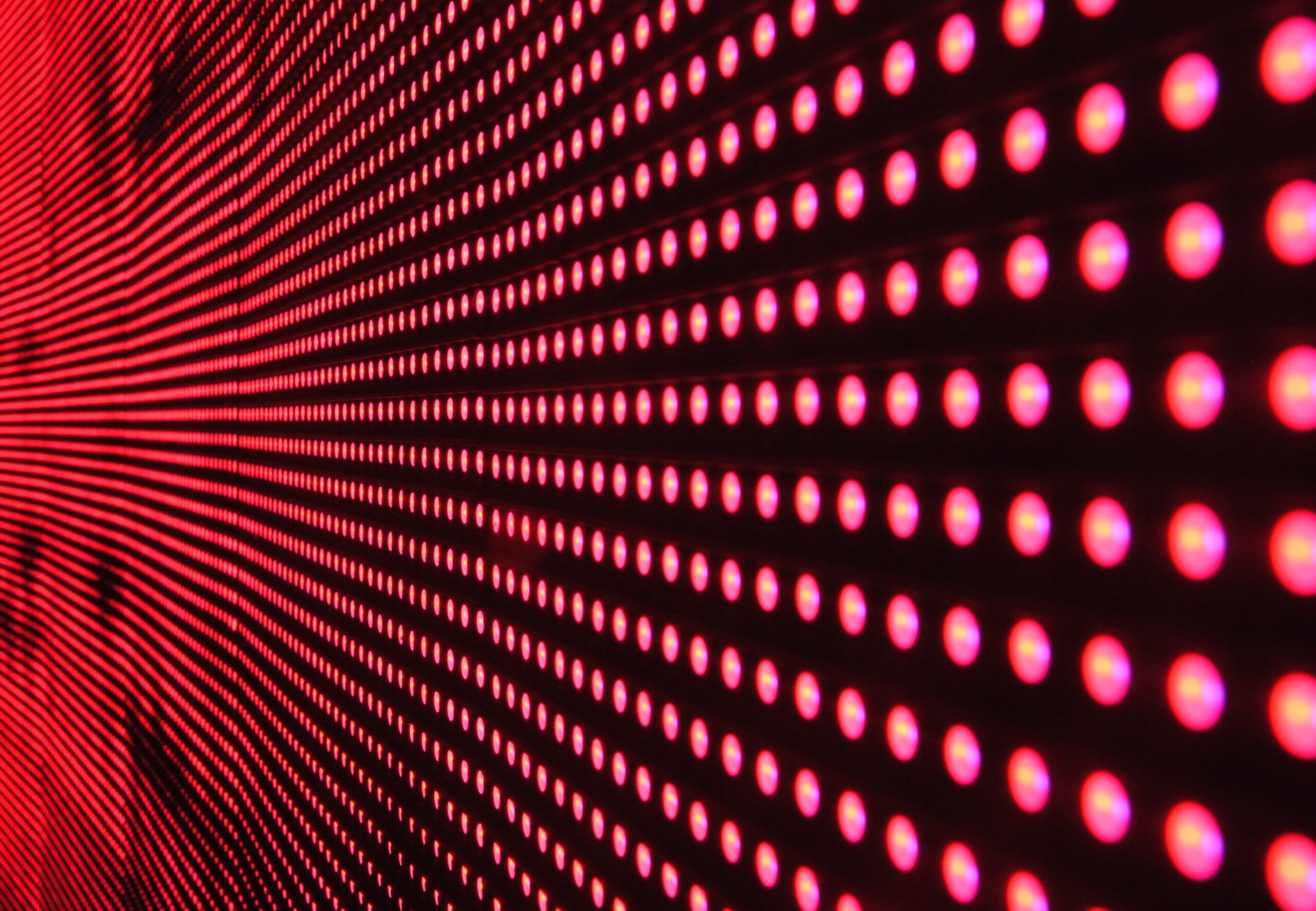
How LiDAR can be used to enhance Interactive Media Display
Thanks to its ability to capture precise 2D and 3D spatial information LiDAR (Light Detection and Ranging) technology is finding a range of applications in interactive media.
Here we have collated some examples of how the technology is being used to enrich interactive media displays:
1. Gesture recognition and Enhanced User Interfaces: LiDAR can improve the accuracy and responsiveness of touchless interfaces, such as touchless kiosks, information displays, and navigation systems. Using gesture-based controls these systems can be made more intuitive and efficient, thereby improving the user experience.
2. Scanning and Object Recognition: LiDAR technology can be used to scan real-world objects and environments in detail. This data can then be incorporated into interactive media displays, allowing users to explore and manipulate 3D models of actual objects. Object recognition powered by LiDAR can also identify and track physical objects placed in front of a display, enabling unique interactions and content augmentation.
3. Enhanced Gaming: Improvements in technology have seen giant leaps forward in the Gaming world. One way that LiDAR sensors can enhance the player’s experience is by enabling more accurate motion tracking and depth perception. This can be especially valuable in virtual reality (VR) and augmented reality (AR) gaming applications.
4. Interactive Advertising: Marketers are developing the use of LiDAR to create engaging and interactive advertisements. For example, billboards with LiDAR sensors are able to detect the presence of pedestrians and display tailored adverts accordingly.
5. Virtual Shopping: Retailers are developing the use of LiDAR for virtual shopping experiences. Shoppers can use AR apps to visualize how furniture, clothing, or other products will look when worn or used in their own homes, thanks to accurate spatial mapping provided by LiDAR.
6. Navigation: Whilst we are all used to using Satellite navigation when outside, indoor navigation can now be achieved using LiDAR to provide users with real-time guidance inside large buildings, such as airports or shopping malls.
7. Improving Autonomous Display: Not to be outdone, LiDAR sensors are becoming increasingly common in autonomous vehicles to create detailed maps of the surroundings. In the context of interactive media displays, this technology can be used to provide passengers with real-time information about their surroundings and enhance in-car entertainment systems.
8. Assisting Accessibility: LiDAR can also improve accessibility features in digital displays and devices. One particular use would be to assist individuals with disabilities by enabling touchless control and gesture-based interaction.
The potential for LiDAR in improving interactive display seems to be endless and we are keen to see how this develops in the future. We currently have a number of LiDAR scanners that could meet your needs in this area. You can find out more our full selection of LiDAR scanners here. And make sure to stay up to date with all our news, insights and product developments by following us on LinkedIn and X.
Popular news

What is Art… and how can LiDAR technology be used to create it?
LiDAR has found new applications in interactive art installations, enabling impressive immersive experiences.
Read more
How does LiDAR compare to camera and RADAR technology?
Comparison of LiDAR (Light Detection and Ranging), Camera and RADAR (Radio Detection and Ranging) technology.
Read moreGet expert advice on which product is best for you:
Germany: +49 7824 70397-50
United Kingdom: +44 1666 660016
Get in touch